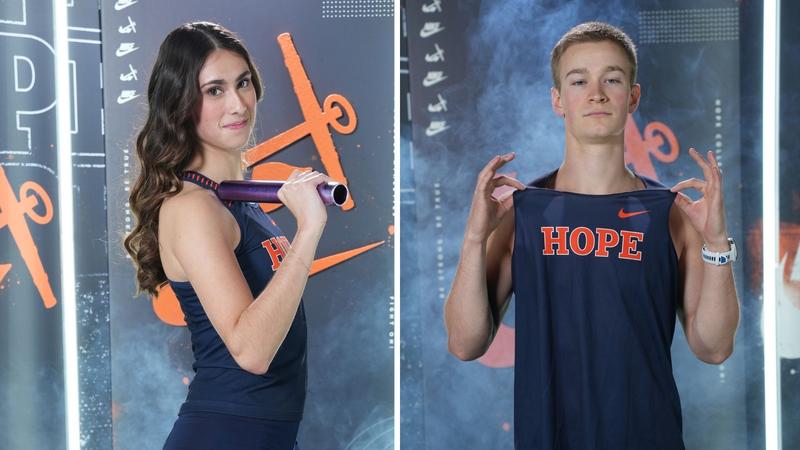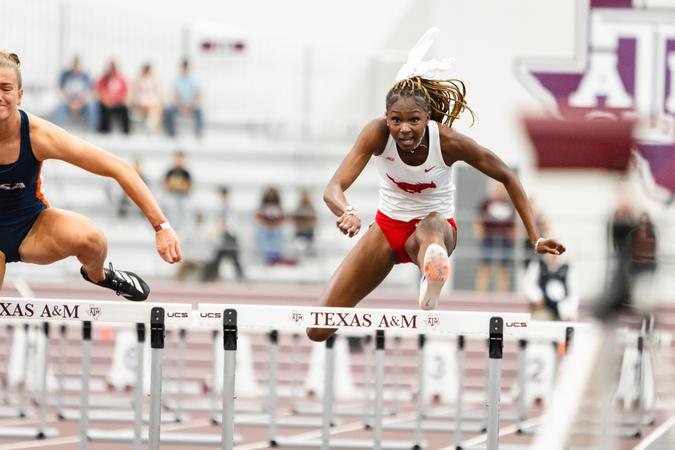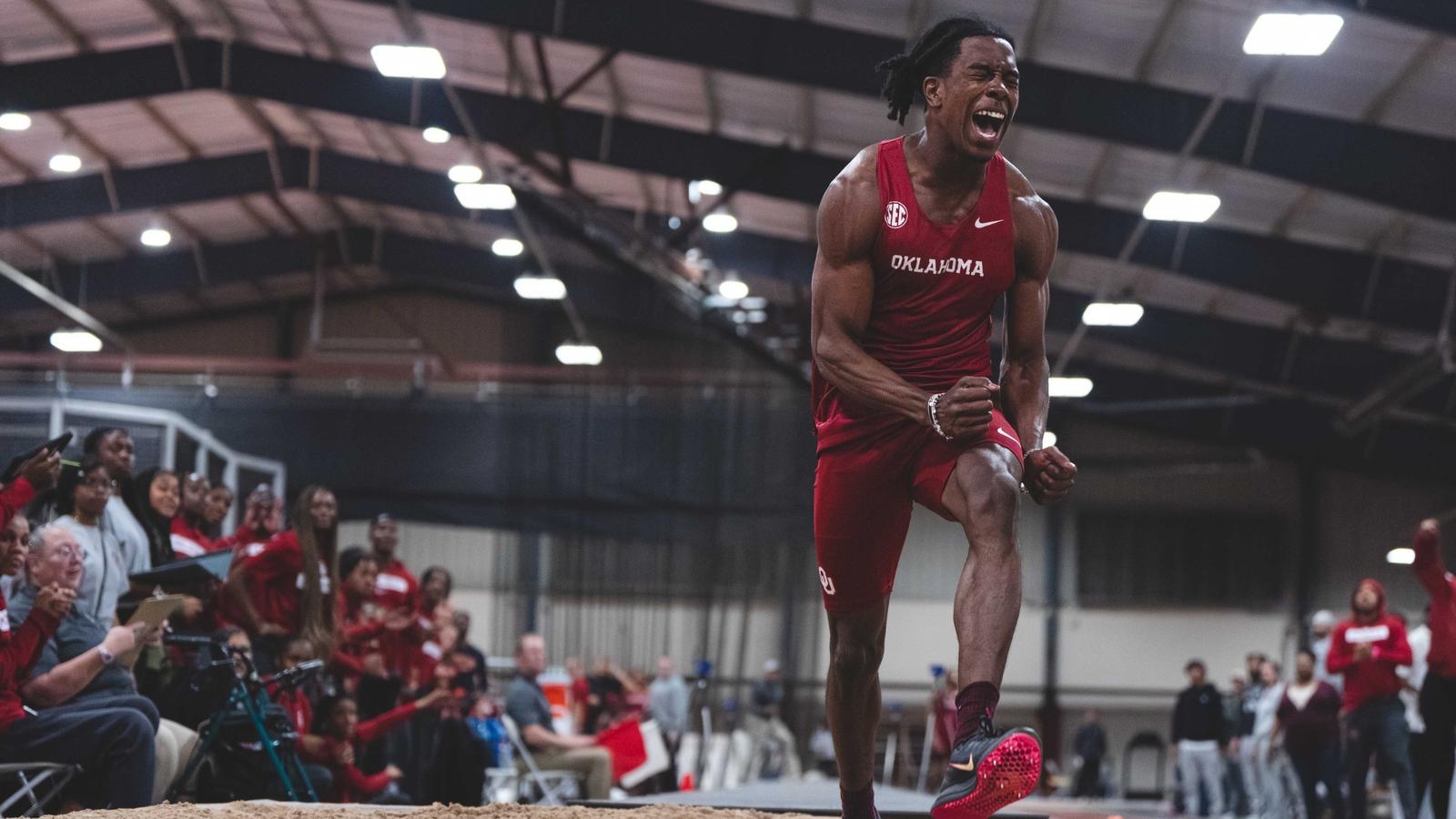Eleanor Lee grew up surrounded by golf. Her grandparents were members of the exclusive Claremont Country Club in Oakland, California, and would take Lee and her family to the La Jolla Beach and Tennis Club near San Diego every Thanksgiving to play its nine-hole course. “Most of my golf memories were of being a child running on those golf courses,” she tells me.
But Lee, now 30, never took the time to learn how to actually play until a few years ago. Looking for a casual sport to get into in 2021, Lee decided to put her grandmother’s golf clubs, which she left for Lee when she died, to good use at a public course in Los Angeles. “It was super intimidating,” she remembers.
The next year, Lee moved to Austin and decided to start a golf club for beginners as a way to make friends. She called it Hot Girl Golf — a casual gathering where women, including herself, could gain confidence in the sport. “There’s so many things that if you don’t learn, you feel so out of place,” she says. Since she experienced the fun side of the sport while growing up, she wanted to help more people feel at home on a course.
Lee posted about her first meetup in spring 2022. Eighteen women, some who had never swung a club, turned up at the driving range and hit balls for an hour. The group quickly became a hit, with up to 60 people turning up to events.
Golf has long had a reputation for being a man’s game, specifically a rich old man’s game — an extension of a board meeting for high-flying execs. But the sport has recently seen a major upswing in popularity. Its reach, which includes people who have visited a driving range, golf course, or consumed golf content, is up 30% since 2016, the National Golf Foundation says. Nearly 1.5 million more people than the prepandemic average — 3.4 million total — played golf for the first time in 2023, with the highest level of participation among adults 18 to 34. One of the biggest drivers of the increase has been a new interest among young women: Thirty-seven percent of golfers 18 and younger were female in 2023, compared to just 15% in 2000.
Ironically, golf’s long history of exclusivity and elitism is part of its ascendant appeal among Gen Z. Zoomers are increasingly interested in cosplaying as “old money” aristocracy — polo shirts, tennis skirts, and airport lounge martinis — as a means of manifesting their burning desire to get rich. Two-thirds of Gen Z and nearly three-quarters of millennials said in a Harris Poll last year that they want to be billionaires, whereas only 13% of adults said being wealthy was very important to them in a 2008 Pew Research poll. But instead of emulating today’s black T-shirt, quiet-luxury billionaire style, young people are bringing back older hallmarks of wealth.
“Gen Z doesn’t just idolize wealth for material gain; they see it as a pathway to independence,” Casey Lewis, the author of the youth insights newsletter After School, says. The fascination with old money speaks to the desire of younger generations, dissatisfied with their lot in life, to leapfrog their socioeconomic circumstances. While Lee grew up around country clubs, many newcomers are eager to break into a new tier of wealth. Storming the golf course is the first step in storming the boardroom — for girlbosses and finance bros alike. Even if that doesn’t pan out, they can at least play the part.
During the pandemic when gyms were closed and people were trying to stay active and get outside, “solitary leisure” sports like tennis, skiing, and golf all boomed. LIV Golf, the Saudi-backed professional men’s golf tour that stunned the golf world in 2021, also drove younger generations to the green. LIV Golf CEO Scott O’Neil recently told CNBC that 30% of attendees at LIV tournaments were new to golf events and the average attendee was 15 years younger than at competing tours. The upstart deliberately created an atmosphere that was more casual, fun, and youthful than its staid, buttoned-up rival, the PGA Tour. “When you go to a LIV golf event, it’s a party, there’s music, the players wear shorts,” says Jason Becker, the CEO and founder of Golf Life Navigators, an online marketplace connecting golfers with private club memberships.
The convenience of solitary leisure activities quickly evolved into a new sense of style fueled by fashion brands and films like “Challengers.” “Sports aren’t just sports — they’re also an aesthetic,” Lewis says. “Unlike more conspicuous forms of luxury, participating in these sports signals a more effortless, inherited form of affluence.”
Women want to improve their skills and feel ‘able to be involved in business conversations.’
All sorts of brands have leaned into the old-money sports style, from Miu Miu’s 2022 fall-winter collection, which was shown at a tennis club, to Tyler the Creator’s prep-adjacent streetwear line Golf. Adidas, Lululemon, and Sun Day Red — the clothing line started by Tiger Woods, who singlehandedly sparked a golf boom decades ago — all recently launched their own golf collections for women. And countless boutique designers have taken a new interest in elevating tennis, golf, and ski wear.
Over the years, these sports have moved away from solely being played in country clubs and elite backyards. Three-quarters of all golf courses are open to the public and off-course venues are booming. Golf simulators have surged 73% since 2019, and the entertainment driving range, Topgolf, doubled its revenue in 2021 with additional increases in subsequent years. This year, the United States Tennis Association’s Tennis Venue Services awarded $10 million in grants to repair public tennis courts and build new ones. “Gen Z seems to be challenging time-honored exclusivity by engaging with these sports in public spaces, community-based clubs, and tech-driven alternatives like golf simulators,” says Lewis.
Caitlin Thompson, who founded the quarterly tennis magazine Racquet in 2016, has noticed the boom in tennis. The sport reached its highest-ever number of players in 2024, with one in every 12 Americans participating. It’s grown by 45% since 2019. “Pre-pandemic, we felt more like we were talking to a smaller group of people,” she says. Now, it’s a lot of beginners. Racquet’s events are regularly packed with celebrities and tennis stars, attracting lengthy waiting lists. Its limited-edition merchandise drops sell out almost instantly.
Lee’s Hot Girl Golf Club is also struggling to keep up with demand — it has over 1,000 people in the dedicated group chat. “We sell out all of our events, sometimes within an hour or two,” she says. Attendees are mainly in their 20s and 30s. A big reason, Lee has found, is that women want to improve their skills and feel “able to be involved in business conversations — not feeling left out of those elite circles.” There are also those who simply enjoy the cute outfits. “That preppy girl, old-money vibe is definitely a draw for some,” Lee adds.
That was the case for Casey Forand. After spending some time at a driving range, the 26-year-old played her first round of golf while on vacation in Florida a few weeks ago. “My impression of golf was that it was super hard and intimidating,” she says. But after hitting a few fairways, she was invested and signed up for a county golf membership near her home in New Jersey. “I also love the old-money aesthetic,” she says. “I feel like golf and country club culture is a huge part of that.”
































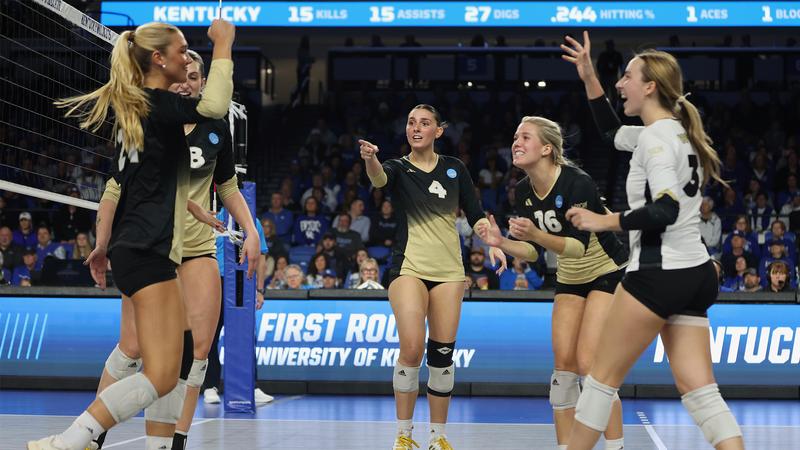
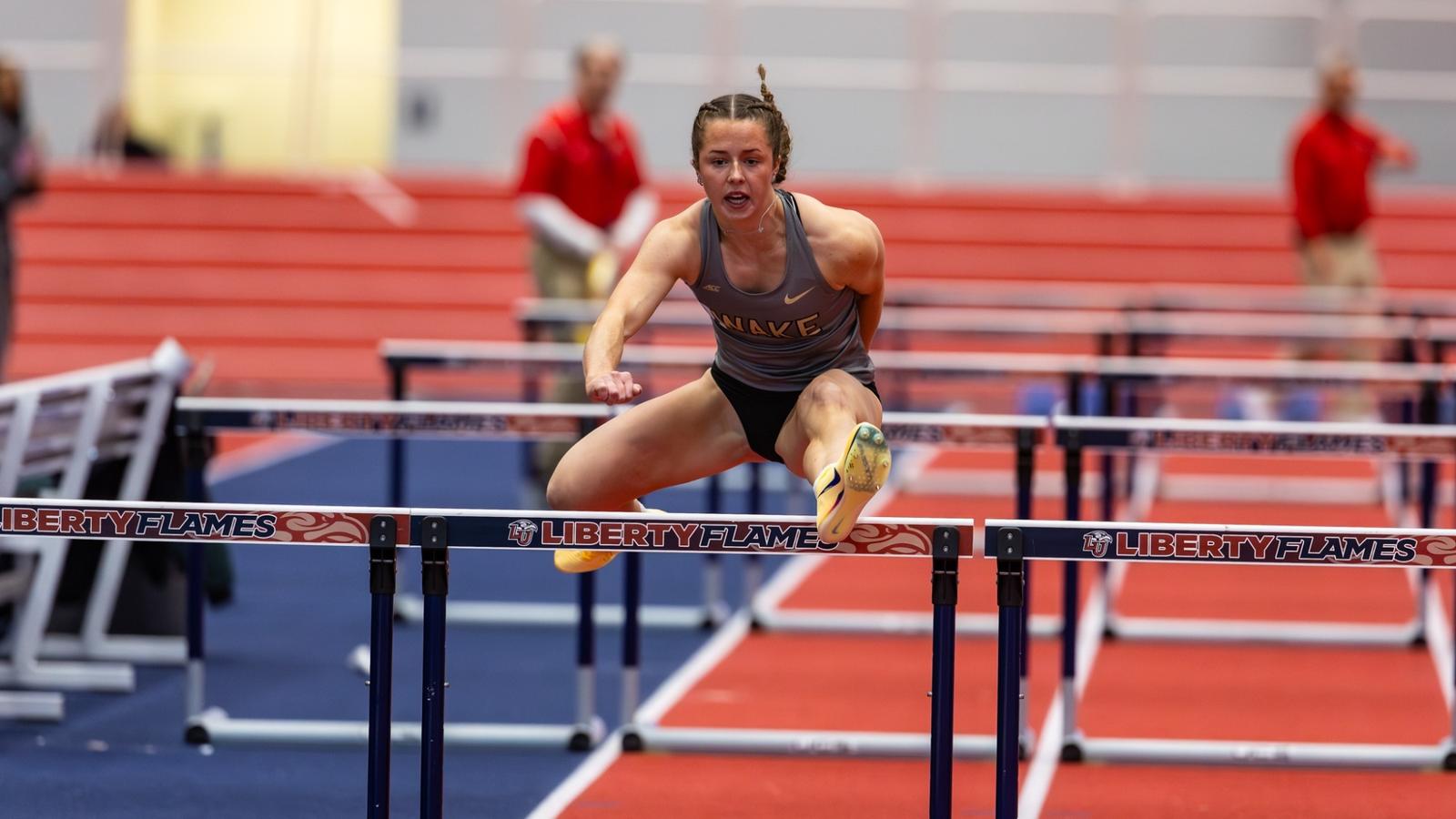
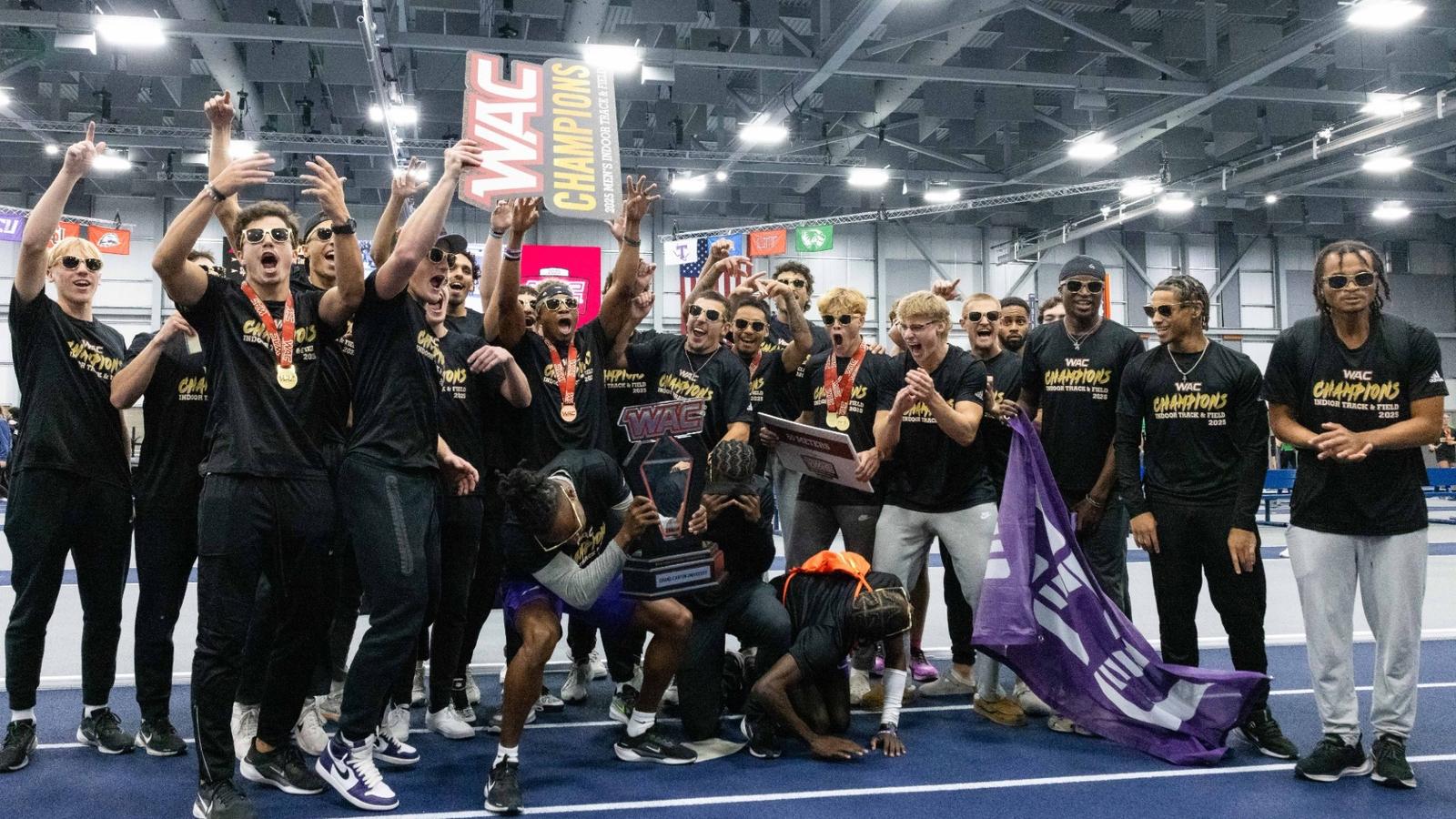
 “This schedule and competition should prepare both our men’s and women’s teams to make a lot of noise at our inaugural Mountain West Conference Indoor Championships, as well as send a lot of our athletes to the NCAA Indoor Championships,” GCU head coach Tom Flood said.
“This schedule and competition should prepare both our men’s and women’s teams to make a lot of noise at our inaugural Mountain West Conference Indoor Championships, as well as send a lot of our athletes to the NCAA Indoor Championships,” GCU head coach Tom Flood said.